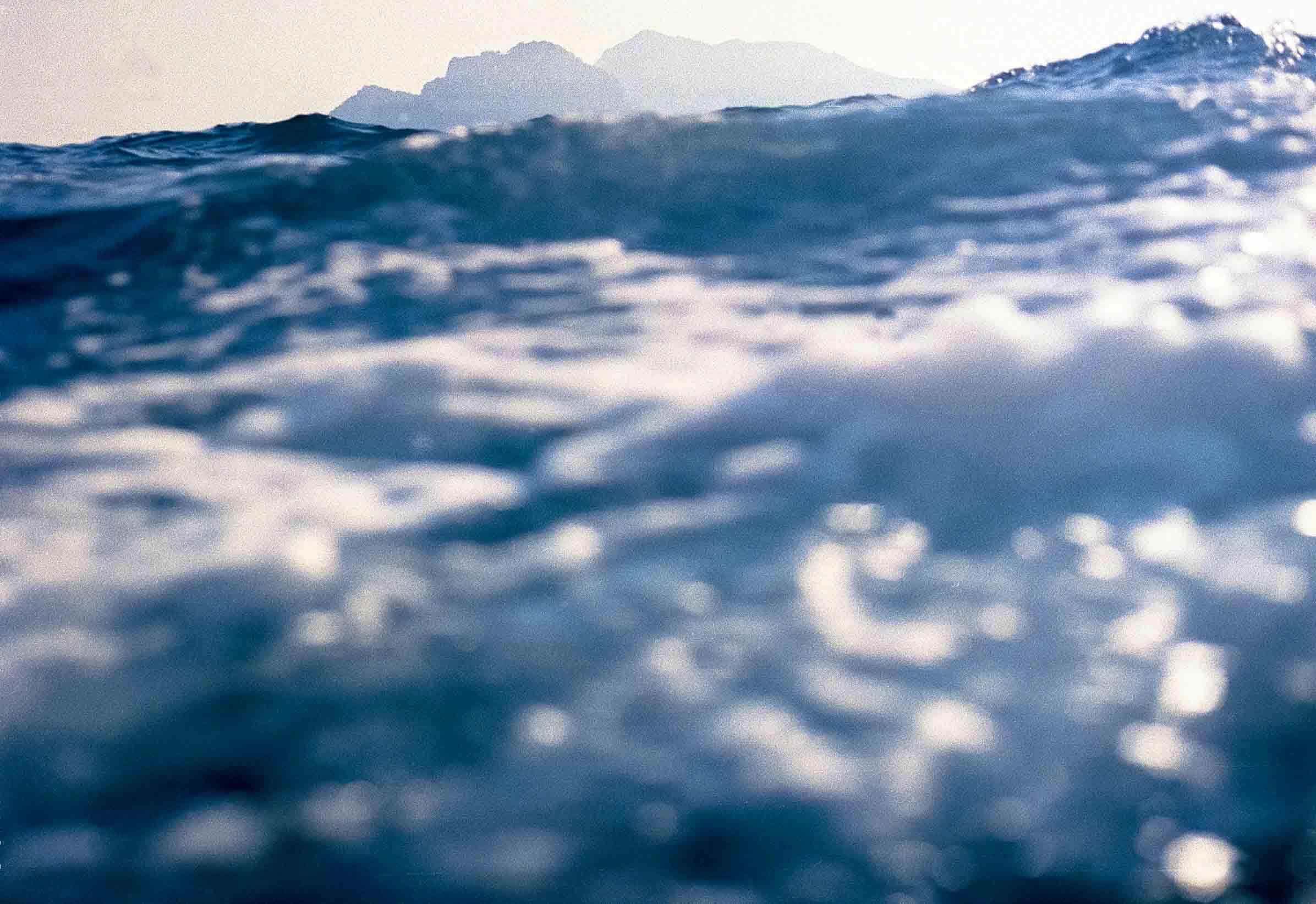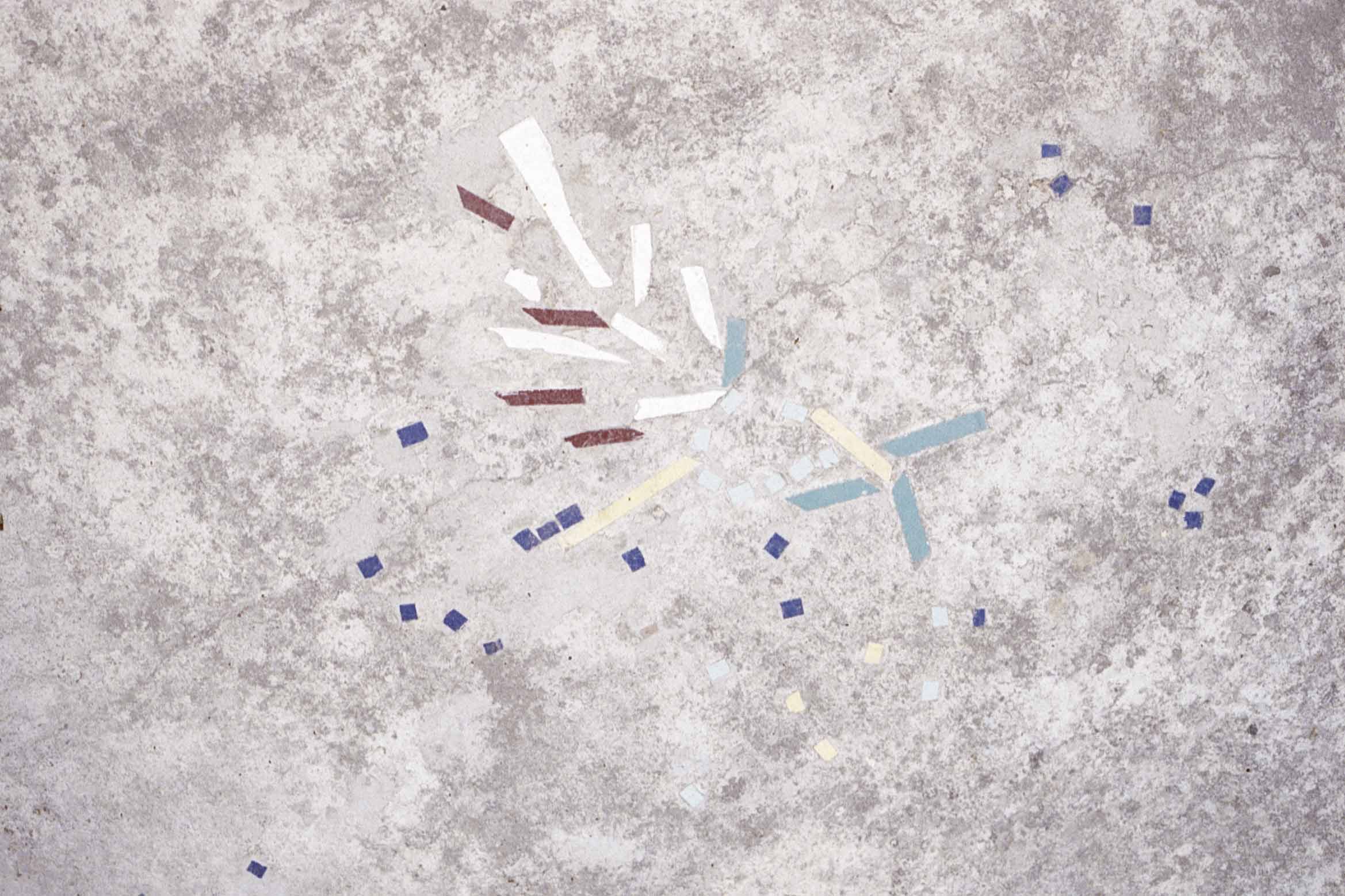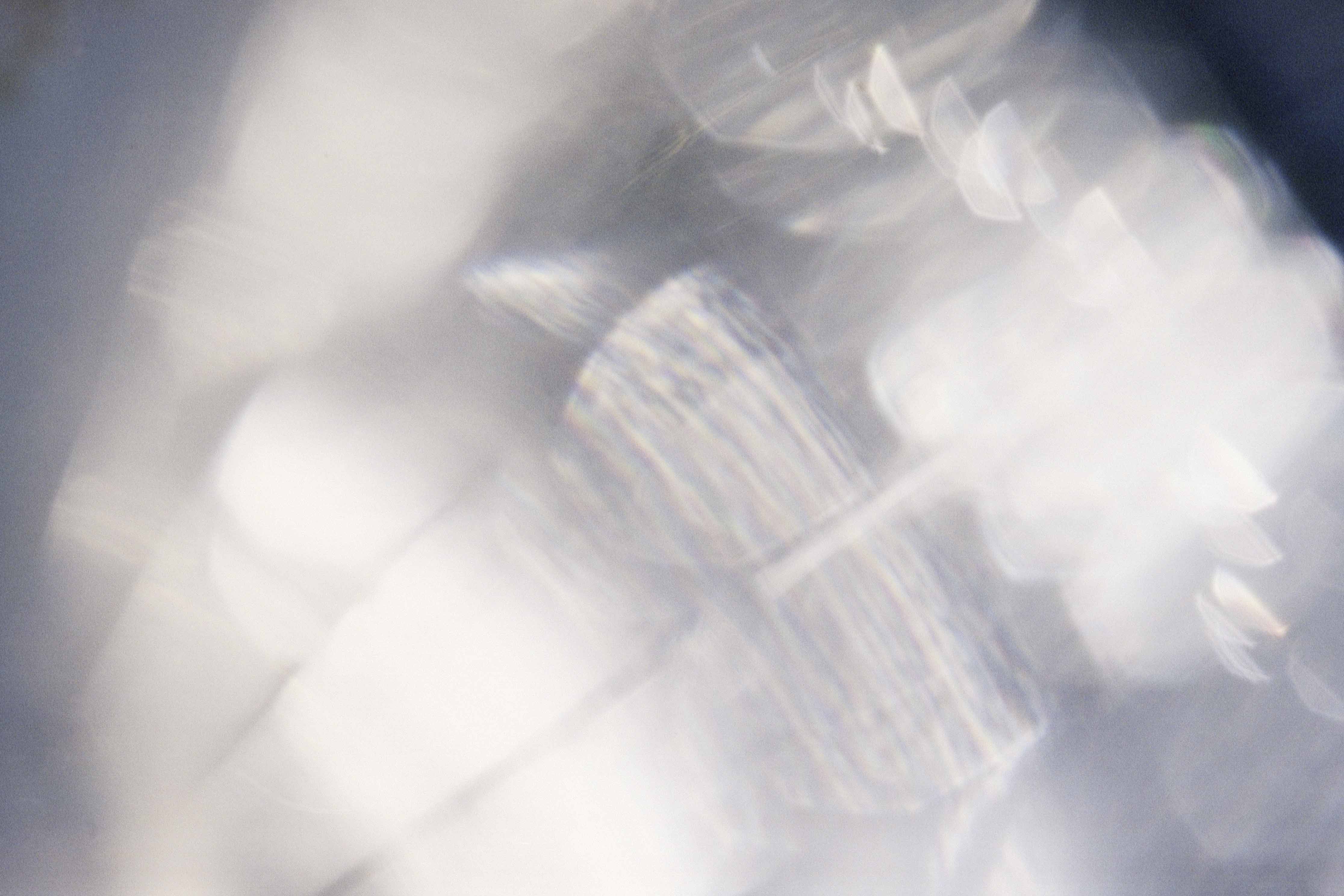Imagine the immortal version of a blue iris. Then, Capri, Ischia and Procida, in a row, sharing out the light on the plateau of the horizon, like pupils. Punta Lagno, midsummer. Every day, my swims were preceded by a descent to the sea, secluded and silent. They say that the gods followed a path not far from here to get up to the Olympus. The same path from Agerola, in the Monti Lattari, to Positano, also seems to have led them straight to the archipelago of Li Galli.
Li Galli: three bare and mysterious rocks, in whose waters Ulysses challenged the Sirens. Hence the name “Sirenuse”. Rocks fertile not just for the fantasy of archaic poets, but also for geographers, counts and even dance stars. “A primordial landscape like in Genesis on the first day of the Creation”, to use Raffaele La Capria’s description of the archipelago in La costa delle sirene (edited by Vincenzo Proto, Electa Naples, 1992). It is no myth that Léonide Massine fell in love with the largest of the three, so much so that he wanted to buy it at any cost. The islands “belonged to a local family called Parlato, who used them only for quail hunting in the spring”1. He continues: “I was overcome by the beauty of the view across the sea, with the Gulf of Salerno spreading out in the distance. With Paestum to the south and the three Faraglioni of Capri at the northern tip of the Gulf, it had all the drama and mystery of a painting by Salvator Rosa.” Massine dreamt of raising that dot of land to a cult place, a homage to dance, painting, music, and so he did, almost. When he bought Li Galli at the beginning of the 1920s, in Positano the talk was of a “mad Russian who has bought a rocky island where only rabbits could live”. It’s also said that after the sale, Antonietta Parlato used to go around saying: “Aggio trovato ’u pazzo chi s’è accattato ’u scoglio” (“I’ve found a madman who’s got himself the rock”). It certainly wasn’t easy to tame, but for someone like him it wasn’t too hard either: just think that it was Le Corbusier who put his hand to designing his villa. After Massine’s death, Nureyev made it his creative hideaway. He adorned the island with echoes of the East, mosaics, lots of rugs and started some works that he left unfinished, owing to his premature death in 1993. It was then taken care of by the current owner, a hotelier from Sorrento, who, together with his wife, contemporary art collector and promoter and founder of the Fiorucci Art Trust project, continues to brighten the destiny of these rocks. Today, Li Galli remains a dream, a legend, but it’s first of all a home, a home open to welcome friends, intellectuals, artists, a place of culture and escape, once again nourished by the happy dialogue between art and nature.
Like all ways leading to water, although not divine, my slope had its own particular charm. That distinct depth given by the supple perspective of the coastline, when the ultimate destination is an earthly shore, a new boundary. After the hairpin bend, there was no choice but to carry on along the surfaced road. On the left, a crossroads of human intimacy, beyond the gates of terraced villas, offered many opportunities for the eyes to focus. Second homes, spaces laden with expectation. The corner of a table laid for lunch, white sheet on flowery sofas, buckets faded by the persistent sun. Never a human being, just footprints and portions of uneasiness hung upon branches of bougainvillea.
Beyond the brief pine wood, the ground became as steep and uneven as can be. A zigzag of little steps marked the descent, bordered by juniper, holm-oak and tapestries of spider webs. There it was, the amphitheatre of rock and garrigue, of a brutal and archaic sweetness. And further out, the waves: the enigmatic air of young women. They only became transparent in the final leap, in the coming and going of vertical sea surf, restless as flames. The rocks of Punta Lagno were somehow my Li Galli, my imaginative and preened cradle. Such a different place from me but also so mine that it needed nothing in its arms.
At two o’clock the shadow was a skinny line beyond the edge of the rocks. To shelter in it, you had to curl up, become one with the wall, embrace the stones. In those roasting hot hours, massive doses of curry plant dissolved into the salty air and all Mediterranean summers came back to life in the flash of a Campanian afternoon, to then instantly disappear, little more than olfactory mirages. There were no crowds, everyone could choose their place on the empty rocky platform. The youngest laid out their towels in the centre, on the smoothest and most welcoming surfaces, paying no heed to the baking sun, their bodies mainly pale and bony. Often, they marched the length of the small jetty bare foot and launched themselves into the air, with the same languor you could imagine them kissing a neck. Pure flights, which sculped perfect curves in the air.
Other youths with a less Western appearance would stay at length in the water, floating thanks to the peaceful repetition of slow, medusa-like gestures. Some also swam non-stop, up and down, weaving a horizontal dance, which the sea seemed to want to raise to the sky and hold up like a trophy. I took with me the things that I’d just read, I repeated them as I held my breath, I recited them in brief, hazy cobalt depths. “Nothing but a word, nothing but a prayer, nothing but a breath of air, nothing but a proof that you are still alive and waiting. No, no prayer, nothing but a breath, not even a breath, nothing but a presence, not even a presence, nothing but a thought, not even a thought, nothing but the calm of sleep.”2 The water captured everything and, like a mirror, a look, a lens, returned its version of us. It could be a sharp portrait in a moment of calm or just a cracked reflection, which almost went unnoticed. And vice versa, we too developed our vision of water, of the Mediterranean. Pessoa wrote: “What we see isn’t what we see but what we are.”
I remember that just before twilight, the sea still had minutes of aching cheer. Almost to shake off us swimmers, it mimicked the first steps of a storm in the metallic light of the gulf. Then we were all brothers and sisters, all equal, all younger children. The sun disappeared late into the deep blue eye and the day after awoke elsewhere, but it always returned to watch over the vegetable patches of Massa, with the edge of its first ray.
1 My Life in Ballet, English edition edited by Phyllis Hartnoll and Robert Rubens, Macmillan, 1968
2 Franz Kafka, The Diaries 1910-1923, Schocken, 1976


